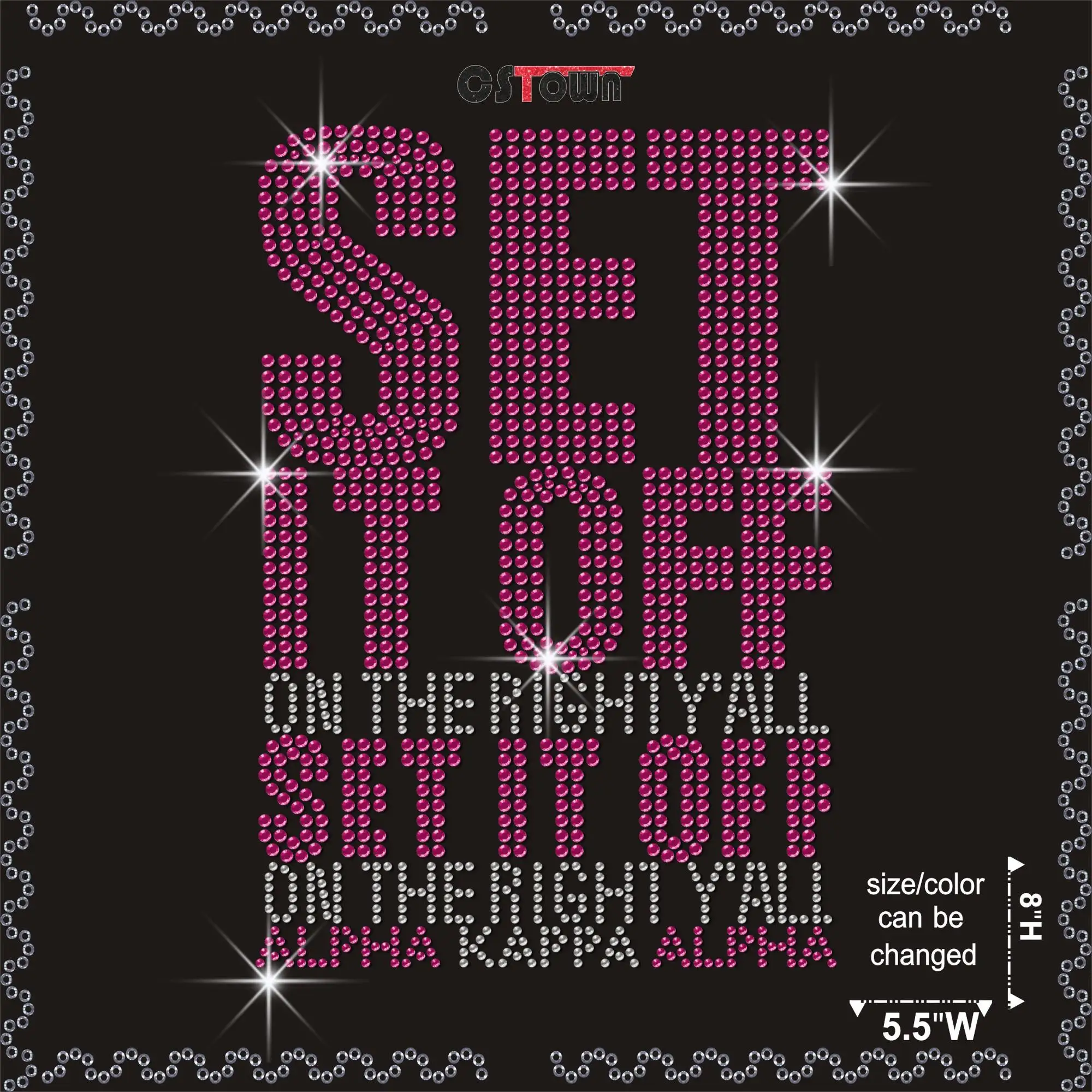

THESE ARE THE STEPS FOR WORKING WITH THE HOTFIX APPLICATOR USING THE STANDARD ATTACHMENTS: Or when dust has absorbed a large amount of fabric softener, it is best to first wash it. If the water runs off the surface, it is not suitable to use with hotfix stones. A simple test to find out if your material is absorbent is the water drop test. The adhesive of the hotfix stones melts by applying heat to it and it must be able to be absorbed by the substance to which they are applied. In order to make a good adhesion of rhinestones possible, the material on which they are to be attached must be suitable.

You can use the applicator to apply stones to different things such as T-shirts, sweaters, pants, dresses, handbags, shoes, bags, mobile phone covers, etc.ĭETERMINE WHETHER YOUR FABRIC IS SUITABLE FOR THE HOTFIX APPLICATOR Less absorbent materials such as glass, plastic, smooth leather and fabrics with a wax coating are not suitable for absorbing the hotfix adhesive and therefore not suitable for applying rhinestones on. Materials such as paper, card, wool, cotton, linen, viscose, tulle, denim, lycra, cotton jersey, silk, synthetic fabrics (polyester etc.) and artificial fur are all suitable for applying hotfix stones on. In order to obtain a successful strong adhesion, the material must be able to absorb the adhesive when it is melted. Gently screw in the correct size applicator tip. The tip of the applicator fits on the end of the hotfix applicator. The right mouthpiece takes up the rhinestone. If you are not sure what the required size is, place the tip over the rhinestone. The sizes are etched in the side of such a tip.

If necessary, you can iron the fabric first. If you apply hotfix stones to fabric, make sure the fabric is smooth. Ironing boards are not really suitable because they offer insufficient support. It is best to work on a solid surface, such as a tabletop or a work surface.PREPARATION FOR USING THE HOTFIX APPLICATOR WHAT DO YOU NEED? Since there is already adhesive on the hotfix stones, you only need to apply heat to apply them to clothing. The back has the colour grey or black, but if you look closely, dry adhesive has already been added to the dark, flat surface. Without the coating, a flat back piece is no more than a piece of transparent glass of any shape that does not reflect light except for the surface. The back of hotfix stones should be mirrored with a silver coating to reflect light, just as mirrors should be coated with silver to reflect reflections. And the more facets the glass has, the more shine it gets. Hotfix stones are made of glass but in such a way that they give a nice shine so that they look like real gems. The popularity of the gemstone constantly increased and in the end the popularity spread throughout Europe. The new process increased the complexity, brilliance and reflective properties of the glass. An Alsatian jeweller, George Friedrich Strass, discovered a process for imitating diamonds by using metal powder to coat the bottom side of glass in 1775. The popularity of stone crystals was initially limited because the crystals were only available at this location. The name rhinestone comes from the discovery of crystals that have been collected from the Rhine. Is there a difference between rhinestones and hotfix stones? A rhinestone or hotfix applicator comes with multiple mouthpieces or parts for different sizes hotfix or rhinestones. And the suitable tool for this is a hotfix applicator that will ensure that the adhesive will melt and the stones will stick to the desired surface. This adhesive needs about 20 seconds to heat and adhere to a surface.

There is a layer of heat-sensitive adhesive on the back of the stones. Hotfix stones, or also called rhinestones, are made of lead crystal glass that is mechanically grounded and polished for a high quality finish. You can use hotfix applicator to attach hotfix stones to various materials.


 0 kommentar(er)
0 kommentar(er)
